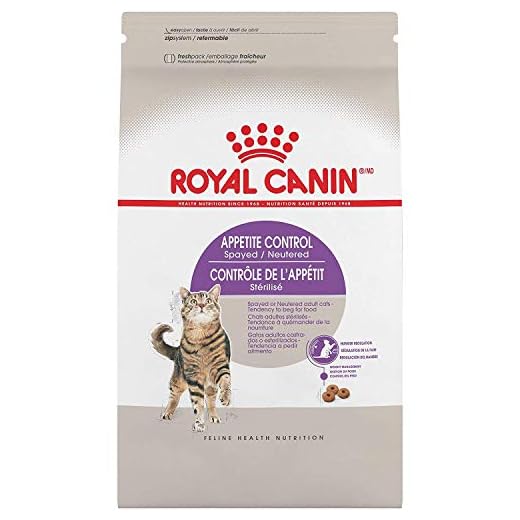
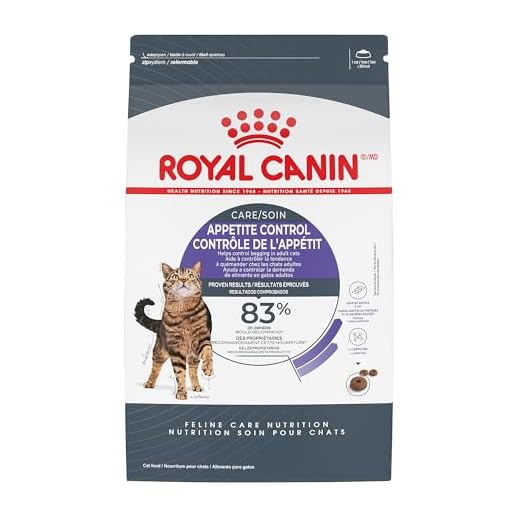


Feeling unwell can lead to a sudden disinterest in meals and hydration. It’s vital for my human to recognize that changes in appetite could signal underlying health issues. A vet visit is essential to rule out any serious conditions.
Environmental factors also play a significant role. A change in living space, new pets, or even the introduction of different foods can impact my eating habits. Maintaining a consistent routine and a familiar environment helps me feel secure and encourages me to eat and drink regularly.
Stress is another factor. Loud noises, unfamiliar visitors, or changes in household dynamics can create anxiety. Providing a safe space for me to retreat to can alleviate these concerns and restore my appetite.
Lastly, age can influence my preferences. As I grow older, my dietary needs may shift, and I might require a different type of food or feeding schedule. Monitoring my behavior closely will help my human adjust to these changes and ensure I stay healthy and happy.
Understanding Reduced Appetite and Thirst in Felines
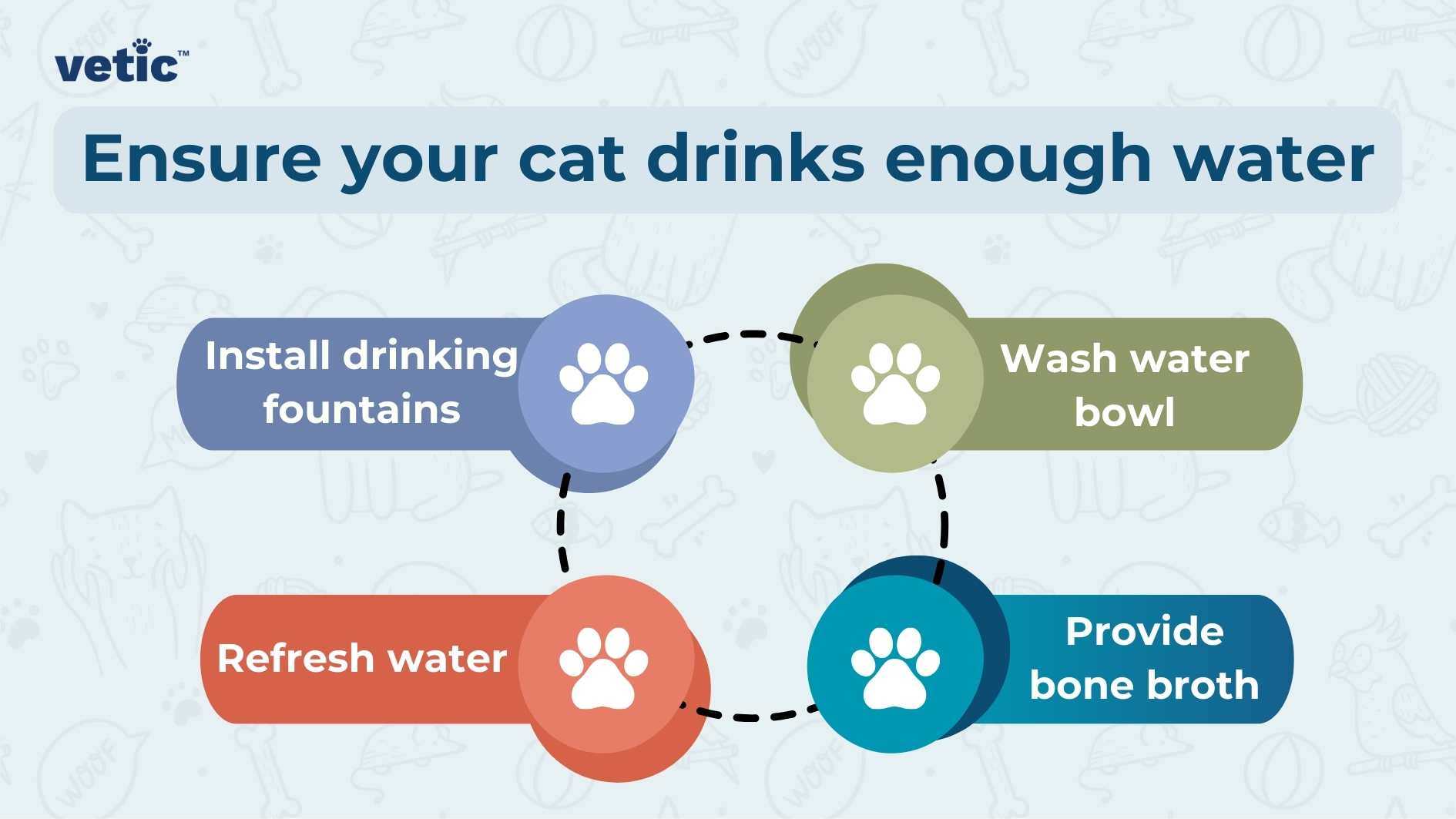
If your furry friend starts to ignore their meals and water bowl, it’s time to act quickly. A sudden change in habits can indicate underlying health issues. Here are some factors to consider:
| Condition | Symptoms | Action |
|---|---|---|
| Dental Problems | Pawing at mouth, drooling | Visit the vet for oral examination |
| Gastrointestinal Issues | Vomiting, diarrhea, lethargy | Consult a veterinarian for diagnosis |
| Stress or Anxiety | Hiding, unusual behaviors | Evaluate environment; provide safe spaces |
| Kidney Disease | Increased thirst, weight loss | Immediate veterinary care is crucial |
Maintaining hydration is essential for overall health. Encourage water intake by providing fresh water daily. Consider using pet fountains or adding water to food to promote fluid consumption. Monitoring weight and behavior closely will help in early detection of potential issues.
Regular vet check-ups can prevent many problems before they start. Keep an eye on any changes and consult with a professional if concerns arise. Prioritizing health ensures more playful days ahead.
Identifying Illness Symptoms in Cats
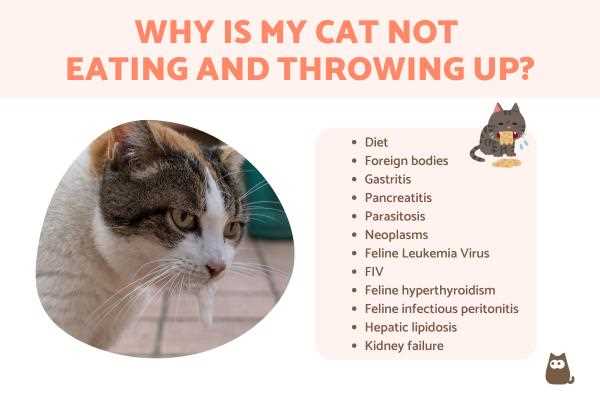
Recognizing health issues in furry friends is crucial. Pay attention to changes in behavior, appetite, and physical condition. If I notice any of the following signs, I would recommend seeking veterinary advice immediately.
Behavioral Changes
A sudden shift in my usual playful attitude can indicate discomfort. If I become withdrawn, avoid interaction, or show signs of aggression, something may be wrong. Monitor for excessive grooming or lack of grooming; these can also signal distress.
Physical Indicators
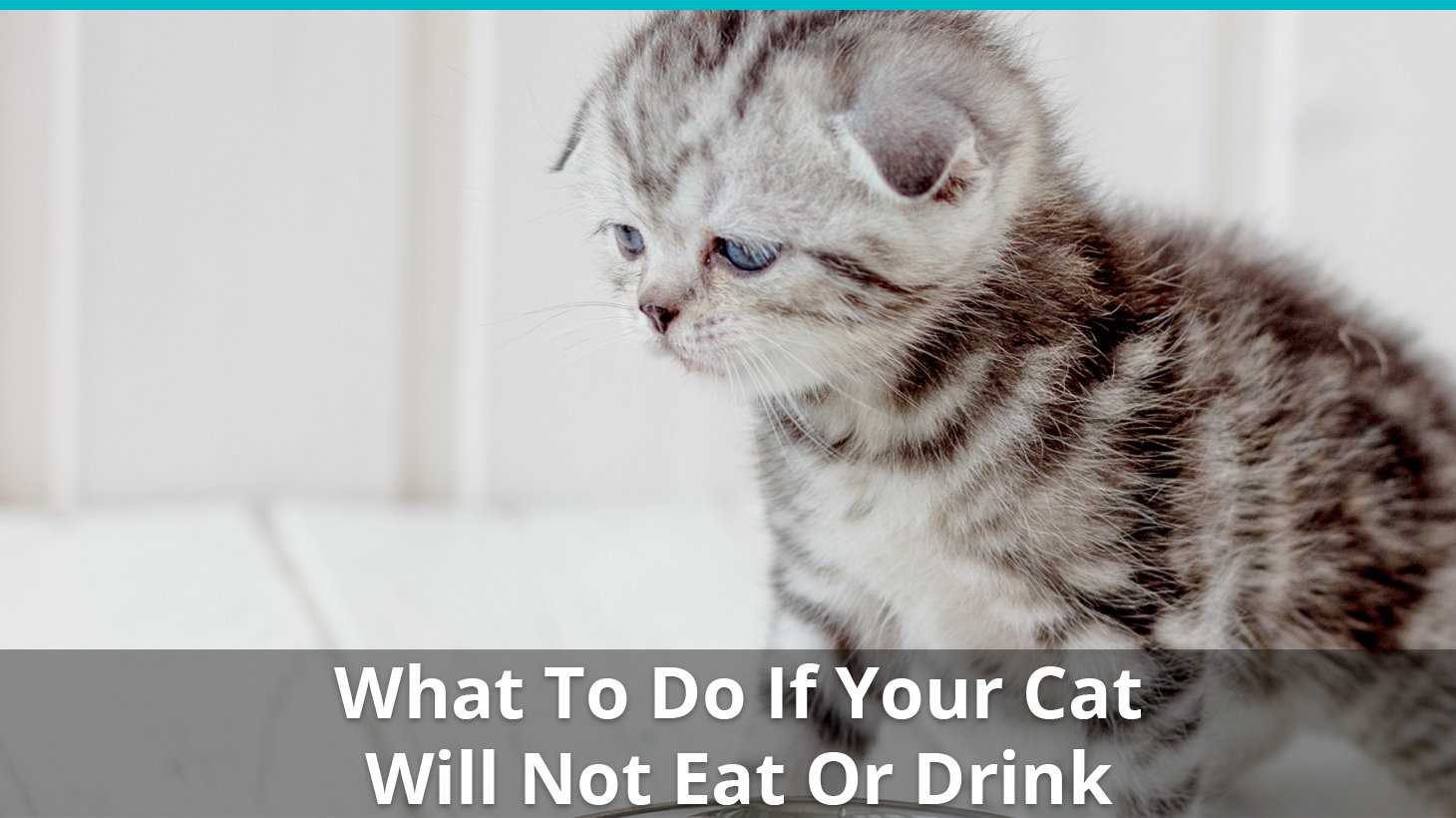
Watch for noticeable weight loss or gain. Changes in my fur condition, such as dullness or excessive shedding, may suggest health problems. Keep an eye on my eyes too; redness, discharge, or squinting can indicate illness. If my nose is dry or excessively runny, it’s worth checking. A change in litter box habits, like straining or blood in urine, also warrants attention.
Always trust your instincts. If something feels off, it’s better to consult with a vet sooner rather than later. I might not be able to voice my discomfort, but careful observation can help catch issues early.
Common Stress Factors Affecting Appetite
Changes in the environment can lead to a noticeable decline in food and water intake. Moving to a new home, introducing new pets, or even rearranging furniture can create anxiety. It’s crucial to maintain a consistent routine to help reduce stress levels.
Sudden loud noises, like thunderstorms or fireworks, can also trigger distress. Creating a safe space with familiar items can help alleviate this issue. Providing a quiet area where I can retreat when feeling overwhelmed is beneficial.
Health-related factors, including dental pain or gastrointestinal discomfort, may arise from stress. Regular vet check-ups ensure that any underlying health problems are addressed promptly. If I show signs of discomfort, seeking professional help is vital.
Changes in my owner’s routine can impact my mood and eating habits. If my human is stressed or busy, I may feel the tension. Keeping a calm atmosphere and spending quality time together can help improve my appetite.
Offering tasty alternatives, like chicken broth for cats, can entice me to eat when I’m feeling uneasy. It’s important to ensure that my food remains appealing to me, especially during stressful times.
Understanding Dietary Preferences and Changes
To maintain a happy and healthy lifestyle, monitoring preferences in food and water intake is vital. Here are some insights to help understand shifts in these habits:
- Evaluate food quality: Cats can be picky eaters. If meals don’t meet their taste or texture preferences, they may reject them. Freshness matters; expired or stale products are often disregarded.
- Consider environmental factors: Changes in surroundings or routine can lead to reluctance in consuming meals. A new home, rearranged furniture, or unfamiliar smells may create discomfort.
- Assess feeding schedule: Regular meal times create familiarity. Abrupt changes in timing can disrupt eating patterns. Keep feeding times consistent to encourage regular consumption.
- Explore variety: Introducing new flavors or types of food can help pique interest. Gradual transitions to different diets can prevent monotony, stimulating appetite.
- Monitor hydration sources: Some prefer running water, while others like bowls. Experimenting with different water sources can make a significant difference in fluid intake.
By paying attention to these aspects, you can better address any dietary changes and ensure a balanced intake of nutrients and hydration.
Environmental Influences on Feline Behavior
Seeking a calm and stable environment plays a crucial role in my well-being. Sudden changes in surroundings can lead to reluctance in meals and hydration. It’s essential to maintain a consistent routine, including feeding times and familiar spaces.
Noise levels in the home significantly impact my mood. Loud sounds, like construction or loud music, can create stress, prompting me to avoid food and water. Providing a quiet, cozy space helps alleviate anxiety and encourages me to nourish myself.
Physical Environment
Comfortable resting areas are paramount. I prefer soft, warm spots where I can feel secure. Uncomfortable bedding or lack of hiding places may deter me from eating or drinking. Ensuring I have access to cozy nooks can make a difference in my appetite.
Social Interactions

My relationships with humans and other pets influence my habits. Positive interactions can encourage me to eat, while negative experiences or conflicts might lead to avoidance behavior. Regular, gentle engagement helps maintain a healthy appetite.
When to Seek Veterinary Assistance for Your Feline Companion
Consult a veterinarian if a pet refuses food or water for more than 24 hours. Prolonged lack of nourishment can lead to serious health issues, including liver disease.
Observe any additional symptoms, such as lethargy, vomiting, diarrhea, or changes in behavior. If two or more of these signs occur alongside appetite loss, it’s crucial to seek professional advice without delay.
Changes in grooming habits can also indicate distress. If fur appears unkempt or if excessive grooming leads to bald patches, a trip to the vet is warranted.
Consider factors like recent changes in environment or routine. If these coincide with a drop in appetite, mention them during the vet visit to provide a clearer picture of the situation.
In cases of sudden weight loss or noticeable dehydration, immediate veterinary care is necessary. A veterinarian can conduct appropriate tests to identify underlying health concerns.
Always err on the side of caution. If you’re unsure, reach out to a veterinary professional. They can provide guidance tailored to your pet’s specific needs and circumstances, ensuring the best outcomes for their health.
For more information on health-related topics, check out this resource on where proteins are made in the cell.
FAQ:
What are some common reasons why a cat might suddenly stop eating and drinking?
Cats can stop eating and drinking for various reasons. Some common causes include illness, dental problems, stress or anxiety, changes in their environment, or even a dislike for their food. Health issues like kidney disease, infections, or gastrointestinal problems can lead to a loss of appetite. It’s important to observe any other signs of illness, such as lethargy or vomiting, and consult a veterinarian if your cat refuses food and water for more than a day.
How can I tell if my cat’s refusal to eat is serious?
If your cat refuses to eat for more than 24 hours, it may be a sign of a serious issue, especially if accompanied by other symptoms like vomiting, diarrhea, or lethargy. Cats can develop serious health problems if they do not eat for an extended period, so it’s crucial to monitor their behavior closely. Look for signs of dehydration, such as dry gums or decreased skin elasticity. If you notice any of these symptoms, it’s advisable to seek veterinary care as soon as possible to determine the underlying cause.
What steps can I take to encourage my cat to eat and drink again?
To encourage your cat to eat and drink, try offering a variety of foods, including wet food, as the moisture content can help with hydration. Warm the food slightly to enhance its aroma, making it more appealing. Ensure that fresh water is always available and consider using a water fountain, as some cats prefer running water. If stress is a factor, create a calm environment for your cat. If these methods don’t work, consult with a veterinarian for further advice and possible treatments.


